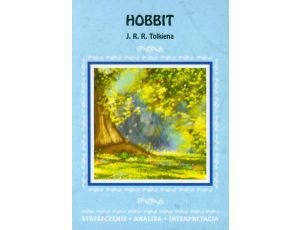Opis produktu
Opinie
The book provides a thorough review of algae belonging to the phytoflagellate group, mainly distributed in the southern part of the Baltic Sea, especially in the Gulf of Gdańsk, the Vistula and Szczecin lagoons. The authors take into account the most recent data on the systematics, ecology, and distribution of plankton algae and provide a guide to identifying the genera and species of flagellated organism belonging to five divisions: Euglenophyta, Dinophyta, Cryptophyta, Haptophyta and Heterocontophyta. In total, it cointains descriptions and keys for identification of 91 genera and 230 species. The book is illustrated with superb drawings and original light microscope photographs, providing an accurate representation of the species’ appearance. Considerable emphasis is placed on identyfying the diagnostic characteristics. The authors use the modern valid names, at the same time giving all the synonyms for each species, which greatly simplifies the use of the book as a reference and a quide. The history of the study of representatives of a chosen group of algae given in each chapter is another fascinating and educational component.
The information presented in this handbook is a necessary foundation for further research into planktonic phytoflagellates associated with long-term changes in species composition due to eutrophication and other forms of pollution, the formation and distribution of phytoplankton complexes, and the assessment of phytoplankton’s indicator role in the Baltic Sea. It is recommended as a reference for phytoplankton researchers, Baltic Sea monitoring laboratories, university lecturers, and students. Of no doubt, the book will be beneficial for those studying phytoplankton not only in the Baltic Sea region, but also outside of it.
Dr. Irina Olenina
The information presented in this handbook is a necessary foundation for further research into planktonic phytoflagellates associated with long-term changes in species composition due to eutrophication and other forms of pollution, the formation and distribution of phytoplankton complexes, and the assessment of phytoplankton’s indicator role in the Baltic Sea. It is recommended as a reference for phytoplankton researchers, Baltic Sea monitoring laboratories, university lecturers, and students. Of no doubt, the book will be beneficial for those studying phytoplankton not only in the Baltic Sea region, but also outside of it.
Dr. Irina Olenina
Cechy
| Rodzaj: | e-book |
| Format pliku: |
|
| Autor: | Konrad Wołowski, Marcin Pliński, Paweł M. Owsianny |
| Język publikacji: | polski |
| Rok wydania: | 2024 |
| Liczba stron: | 269 |











